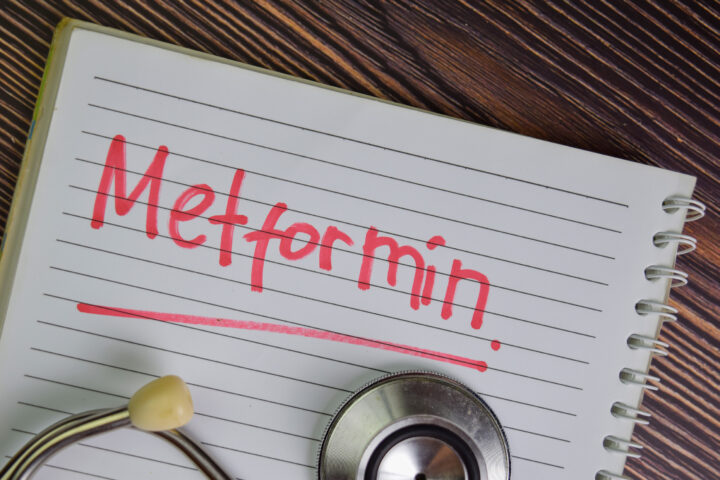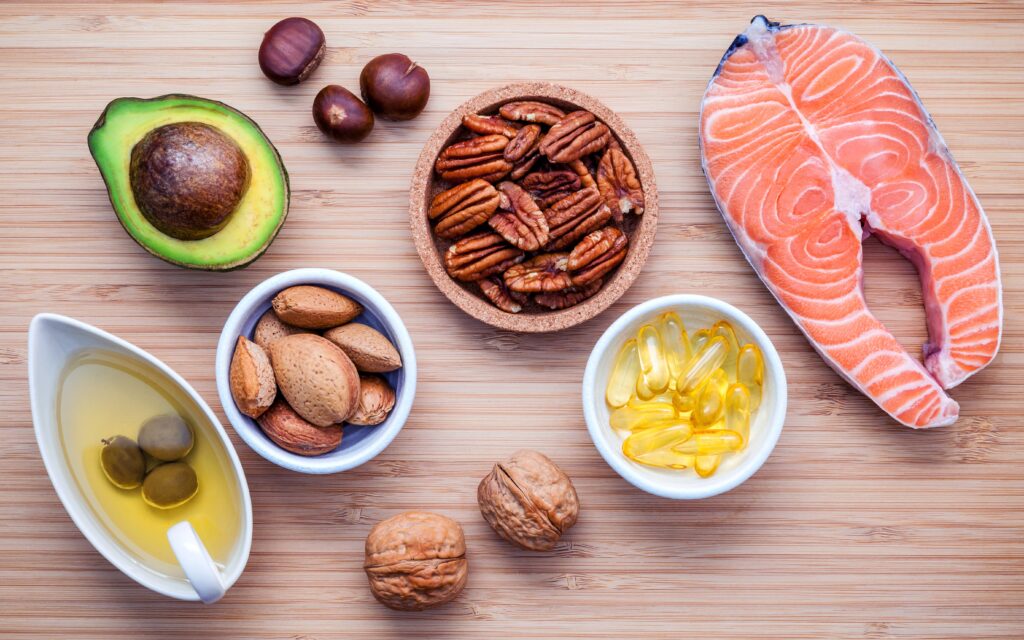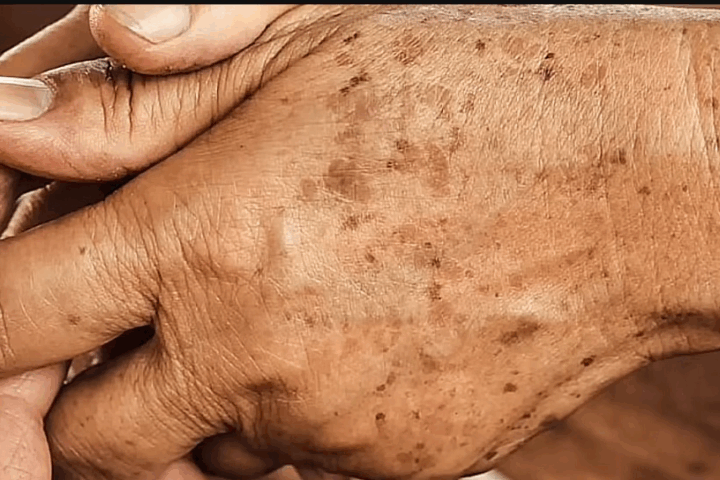What is vitamin D and why do we need it?
Vitamin D is an essential nutrient for maintaining optimal health. It is needed for calcium absorption, bone strength, muscle strength, and immunity. Vitamin D deficiency has been associated with increased risk of many chronic diseases while vitamin D supplementation is associated with a decreased risk of cancer mortality.
How much vitamin D do we need?
According to the Institute of Medicine, the vitamin D recommendations for healthy children, teenagers, and adults under 70 years of age is 600 IU per day. Adults over the age of 70 should aim to consume 800 IU per day.
In certain cases, individuals with obesity, osteoporosis or those with limited sun exposure may need higher intakes. Routine daily intakes of more than 4000 IU are not recommended for healthy people.
How can we get enough vitamin D?
We can get our daily vitamin D from three sources: food, dietary supplements, and sunlight.
Food sources
Eggs, cheeses, and fatty fish, as well as fortified foods like certain cereals, milks, and orange juices can serve as good sources of vitamin D. When in doubt, make sure to check the nutrition facts panel on the food label (Figure 1).
Dietary Supplements
Supplementation is encouraged for those with diets low vitamin D, particularly older adults. Vitamin D is available for over-the-counter purchase as a component of multivitamins or in stand-alone form.
Sun exposure
When exposed to sunlight, our skin makes vitamin D. Most people get some vitamin D from sunlight. However, several factors affect how well the body makes vitamin D after the skin is exposed to sunlight. Cloudy weather, sunscreen applications, clothing, as well as the skin’s natural pigmentation can decrease the amount of vitamin D made by the skin when exposed to direct sunlight. Recent studies suggest that sunlight exposure alone is not enough to maintain optimal vitamin D levels in the body.
How do I know if I am vitamin D deficient?
Your vitamin D status can be determined with a simple blood test called the 25(OH)-vitamin D test. Ask your doctor to order a vitamin D blood test and this will help you get a sense of whether you are consuming enough vitamin D or not.
Personal Experience
About twelve months ago, I was unsure whether vitamin D supplements were right for me. I went to my doctor and asked to have the 25(OH)-vitamin D test done to see where my levels were. I was shocked to find out I was mildly vitamin D deficient. For this reason, I immediately starting taking a vitamin D supplement. I went with Nature Made vitamin D3 (2000 IU) and followed the recommendations on the label when it came to dosing. Six months later I went back for a follow up appointment with my doctor and repeated the blood test. Regular supplementation with vitamin D was able to correct my deficiency. Other than changing the values on my blood tests I did not notice anything physically different but I might be too young to notice significant losses in bone density. Hopefully, identifying and addressing my deficiency while I am relatively young will keep me from developing osteoporosis when I grow much older.
Where can I get more information?
For more information, contact your local registered dietitian (RD) and they can provide you with a more in-depth explanation on the many benefits of vitamin D and how to increase your vitamin D intake.
References
- Calvo, M. S. and S. J. Whiting. 2013. “Survey of Current Vitamin D Food Fortification Practices in the United States and Canada.” J Steroid Biochem Mol Biol 136:211–3.
- Cannell, J. J., R. Vieth, W. Willett, M. Zasloff, J. N. Hathcock, J. H. White, S. A. Tanumihardjo, D. E. Larson-Meyer, H. A. Bischoff-Ferrari, C. J. Lamberg-Allardt, J. M. Lappe, A. W. Norman, A. Zittermann, S. J. Whiting, W. B. Grant, B. W. Hollis, and E. Giovannucci. 2008. “Cod Liver Oil, Vitamin A Toxicity, Frequent Respiratory Infections, and the Vitamin D Deficiency Epidemic.” Ann Otol Rhinol Laryngol 117(11):864–870.
- Dawson-Hughes, B., A. Mithal, J-P Bonjour, S. Boonen, P. Burckhardt, GE-H Fuleihan, R. G. Josse, P. Lips, J. Morales-Torres, and N. Yoshimura. “IOF Position Statement: Vitamin D Recommendations for Older Adults.” Osteoporosis International 21, no. 7 (07, 2010): 1151–1154. doi:http://dx.doi.org/10.1007/s00198-010-1285-3
- Institute of Medicine. 2011. “Dietary Reference Intakes for Calcium and Vitamin D.” Washington (DC): National Academies Press. https://www.ncbi.nlm.nih.gov/books/NBK56070/












